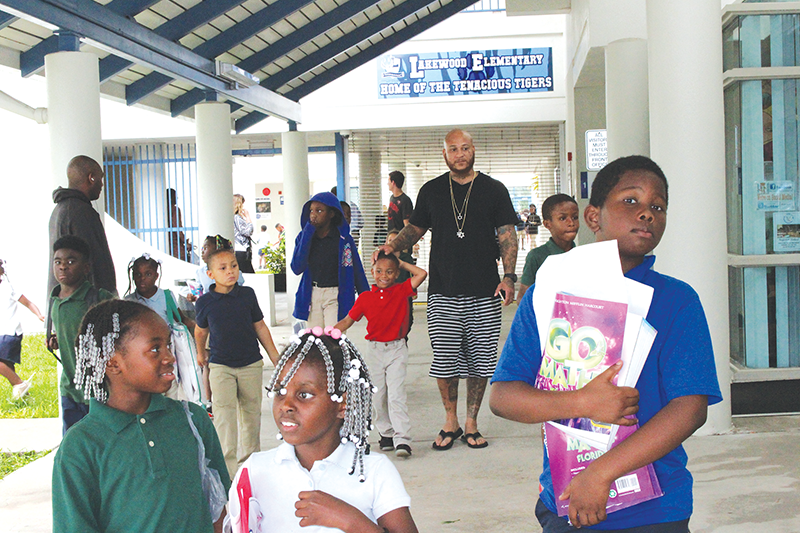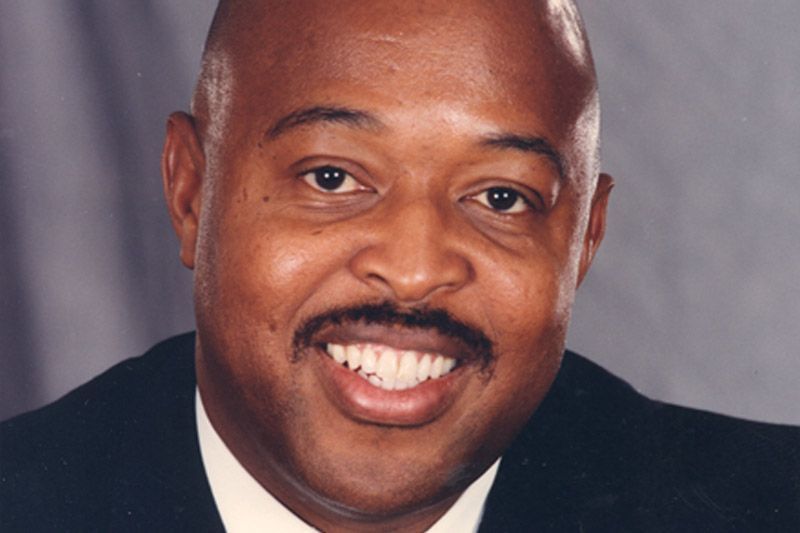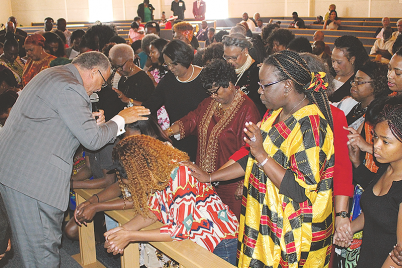Even after two lawsuits and the Bridging the Gap plan, the Pinellas County School District continues to fail Black children, and Dr. Goliath Davis has been telling you this for years.
LYN JOHNSON | Publisher
PINELLAS COUNTY – Former St. Petersburg Police Chief, Deputy Mayor and current Weekly Challenger contributor Dr. Goliath Davis, III, has been saying for years that the Pinellas County School District continues to fail Black students. Some of his detractors have consistently doubted his assertions, but a 65-page comprehensive report confirms his central assertions regarding the district’s performance.
Commissioned by COQEBS (Concerned Organization for Quality Education of Black Students) to evaluate the Pinellas County School District’s progress towards reducing the achievement gap between Black and non-Black students, Dr. Oscar A. Barbarin, Professor of Psychology and African American Studies at the University of Maryland, College Park said there “is overwhelming evidence that [Pinellas County Schools] have not yet succeeded in providing the same level of education for Black students as evident in their own outcome data for the benchmarks they set for themselves.”
In 2000, Attorney Guy Burns represented William Crowley in a state lawsuit alleging racial disparity in the Pinellas School District resulted in an achievement gap. Burns prevailed, and the court-mediated 10-year Bridging the Gap Plan was developed with COQEBS as the court-ordered monitor.
The Bridging the Gap Plan has six goals: Graduation Rates, Student Achievement, Advanced Course Work, Student Discipline, ESE Identification, and Minority Hiring. Utilizing the district’s data, Barbarin evaluated five of the six goals, with the only exception being Minority Hiring. Barbarin’s findings are generally consistent with Davis’s writings; however, some important distinctions are warranted.
Goal One: Graduation Rates
For example, Barbarin gave the district a “B” for Graduation Rates, noting the district has increased the number of graduating Black students through concordance. However, as pointed out in The Challenger, many of the concordant degree graduates are not proficient in ELA (English) and Math and experience difficulty gaining college admission and living wage job placement, thereby begging the question: has the disparity really been reduced, and are concordant diplomas and the non-concordant diplomas awarded to whites comparable?
Goal Two: Student Academic Achievement
Barbarin assigned a “D” grade for Academic Achievement, observing that there has been modest improvement over time and that most of the changes occurred over the last two years. Again, his finding of modest improvement comports in part with Davis’s writings. The Challenger makes the point that poor performance on state-mandated tests appears in part to be correlated with poor academic achievement and the high percentage of concordant diplomas awarded to Black students, especially Black males. Perhaps the real Academic Achievement grade should be an F.

“Black boys emerged as a high-risk group that deserves targeted attention and focus because they experienced the worst outcomes and the least progress over time,” wrote Dr. Oscar Barbarin.
Goal Three: Access to and Enrollment in Advanced Coursework
Goal three’s grade is really misleading if not carefully examined. While it is true that the district is placing more students in advanced and rigorous courses, the A grade is difficult to comprehend in a broader context. Logically, placement should enhance academic ability or improve critical thinking skills. That may not be the case, given the small number of students passing AP classes and end-of-year course exams. One should also consider the impact of mere placement to increase Black representation on a student’s confidence and self-image.
Goal Four: Discipline – Behavior Problems and Equitable School Responses
The F grade to goal four is appropriate. For the period examined, Barbarin found that Black males are significantly adversely impacted by the district’s disciplinary policies and practices. Just as with Academic Achievement, the gap for Black males places them in a high-risk group. One might wonder what, if any, correlation exists between goal four and goal five, Exceptional Student Education, which was rated marginal.

“Benign neglect of and indifference to school re-segregation set the stage for academic failure of Black students. After the abandonment of integration policies in 2007, Pinellas County schools quickly re-segregated. Campbell Park, Fairmount Park, Lakewood, Maximo, and Melrose Elementary Schools became 80-90 percent Black and experienced significant declines in reading and math scores, ranking among the lowest in Florida. Moreover, about 84 percent of Black elementary students failed state exams,” the report says.
Barbarin does not address the sixth goal, Minority Hiring, which, in my opinion, is key to the Bridging the Gap initiative. Hiring, training, and placing the right personnel, especially teachers, in strategic jobs could provide the district with the resources needed to develop and implement effective programs to address the myriad problems hindering success.
As I read Barbarin’s Comprehensive Report, I could not escape the thought that I had read much of this before, although not in as much detail. I am also struck by the fact that Barbarin utilized district data to formulate his conclusions. It is obvious Barbarin isn’t informing the district about anything they are unaware of, so why aren’t they solving the problems? Maybe part of the answer resides in Barbarin’s conclusion that “greater creativity and nimbleness will be necessary to accelerate the current glacial rate at which Black Students are afforded the education they need for success in life.”
I concur with Barbarin’s conclusion that “the continuing academic and discipline disparities point to a need for continuing efforts by PCS and engagement by COQEBS.” I also implore Pinellas County Schools to work with COQEBS to modify and extend the Bridging the Gap Plan to eliminate racial disparities and close the gap.
Dr. Barbarin will present his findings to the district and community on April 30, 9:30 a.m., at the Enoch Davis Center, 1111 18th Ave. S. Everyone should attend and get a complete understanding of the problem and related issues our children are facing.
Below is the comprehensive report evaluating Pinellas County Schools’ progress in reducing the Black-white achievement disparity from 2016 to 2023.
1. COQEBS Report v 3-24-25








